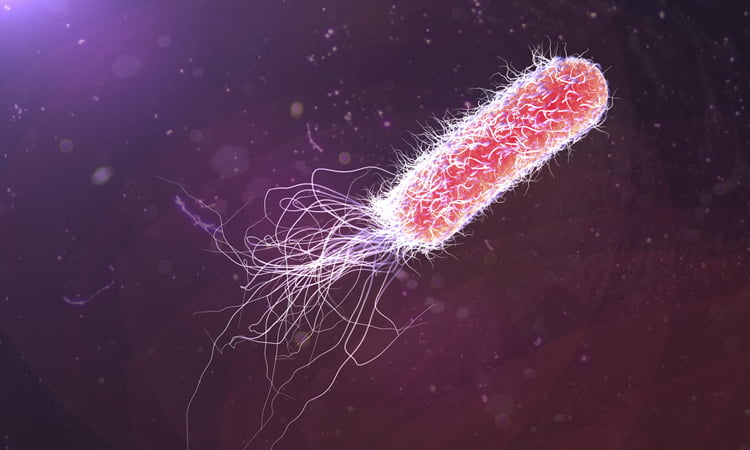Compound effective against bacterial superbugs discovered
Posted: 4 March 2020 | Victoria Rees (Drug Target Review) | No comments yet
Researchers have developed a compound, called AB569, effective at combatting bacteria such as Pseudomonas aeruginosa and have revealed its mechanism of action.


A research collaboration has enabled scientists to test a new drug that can kill a wide range of superbugs, including some bacteria that is resistant to all common antibiotics.
Known as AB569, the drug contains ethylenediaminetetraacetic acid (EDTA) and acidified nitrite, two inexpensive chemicals that the researchers, led by a team from Simon Fraser University (SFU), Canada, discovered work together to effectively kill disease-causing bacteria without harming human cells.
The team found that AB569 was efficacious at killing the model organism Pseudomonas aeruginosa in biofilms and in a murine chronic lung infection model. It was also shown that AB569 was not toxic to human cell lines at bactericidal concentrations using a basic viability assay.
The researchers then characterised, at the molecular level, how the chemicals in the AB569 compound were likely working together to kill the notoriously drug-resistant P. aeruginosa, using their Pseudomonas Genome Database hosted at SFU and computer-based analyses of molecular data.
RNA-Seq analyses showed that upon treatment, AB569 caused a catastrophic loss of P. aeruginosa’s ability to support core pathways encompassing DNA, RNA, protein, ATP biosynthesis and iron metabolism. Further electrochemical analyses revealed that AB569 produced more stable SNO proteins, which the researchers say potentially explains one mechanism of bacterial killing.
“We have a growing crisis with antibiotics becoming less and less effective and treatments are failing; that’s why it’s important to test and develop new drugs and approaches to treat disease-causing bacteria that are highly resistant to existing antibiotics,” says Geoff Winsor, lead database developer at SFU’s Brinkman Lab, which is headed by SFU professor Fiona Brinkman. “AB569 will go through additional testing because it shows potential as non-toxic topical drug treatment for a wide range of infections.”
The lab tests of AB569 also showed promising results in treating other priority pathogens, plus additional bacteria that cause foodborne illness such as E. coli and Listeria.
The study was published in PNAS.
Related topics
Antibiotics, Biofilms, Drug Targets, Research & Development
Related organisations
Simon Fraser University (SFU)
Related people
Fiona Brinkman, Geoff Winsor



